15 Effective Tips to Stop Sugar Cravings

You know you have sugar cravings when your mind and body goes, “
I need something sweet. RIGHT, NOW!” Your organism will crave that quick boost of energy that simple carbohydrates can give you instantly.
This can be distracting and frustrating, especially when you have
weight issues and try to lose some pounds. Luckily, below are 15 tips to
minimize your needs for sugar. You can quickly find out which methods
are working for you.
Tip #15 – Always Check The Nutritional Value
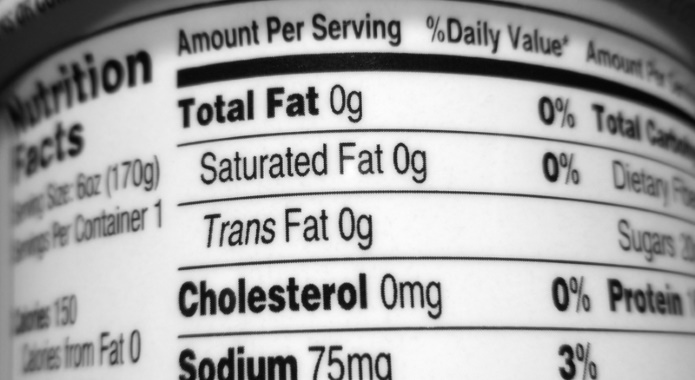
Ignoring the nutritional information on the food labels is a bad
habit many of us have a hard time breaking. It is necessary, though, in
your quest to better health, to know what you are putting into your
body.
Look out for labels that say “
Added Sugar.”
It defines any sweetener added to processed foods, including
raw, brown or invert sugar;
molasses;
natural sweeteners;
corn syrup;
dextrin;
honey;
maltodextrin;
mannitol;
syrup;
turbinado sugar;
xylitol; and much more. You should expand this extensive list even with anything that has
“-ose” added to the end.
Pay attention: The higher an ingredient is on the
nutritional label, the more of it is present in the food. So if any of
these appear first or second, chances are they are very high in sugar.
Tip #14 – Empower Yourself with Protein
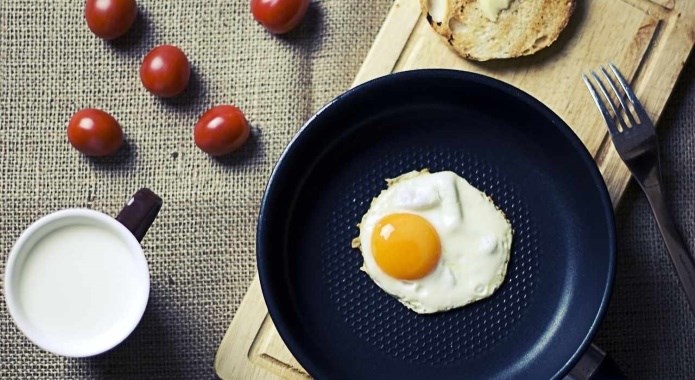
Protein is the best source of fuel for your body. There are times
when you think you are craving for sweets when in reality your body
wants protein.
Did you know that this substance is great to have as the first thing in the morning?
The process of burning it into energy is at a slower curb than that
of sugar, and this means that you are much less likely to crash later in
the day. There are many great protein-rich foods for both meat eaters
and vegetarians as well:
- Seafood – This food is usually low in fat. Although
salmon has higher fat content, it contains a lot of healthy oils and
omega-3 fatty acids.
- White meat – Food like chicken or turkey is an
excellent source of lean protein. The skin has a load of saturated fats,
so remove that before you cook it.
- Milk products – Except protein, these are excellent sources of calcium, and vitamin D as well.
- Eggs – Especially the yolk has a lot of it.
- Lean beef – This is an excellent source of this substance as well as zinc, iron and vitamin B12 (which also helps elevate moods).
Pay attention: Vegetarians and vegans can get their
daily dose by eating beans, such as soy, or even nuts. Eating fifty
grams of soy protein can lower your cholesterol by 3%.
Tip #13 – Eat Smaller Meals Regularly
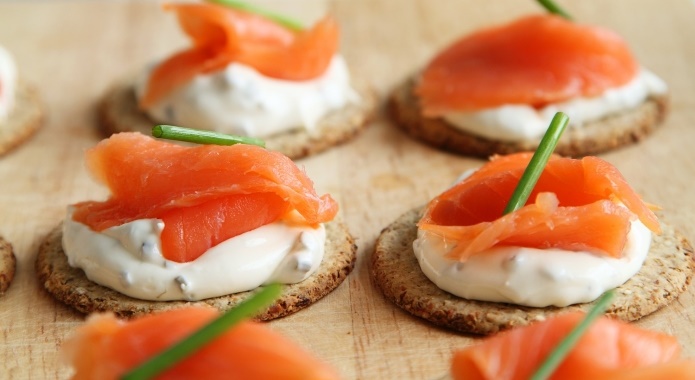
Eating smaller portions of food more often is better for you than a
single large meal. It keeps your blood sugar levels stable which stops
you from craving sweet snacks.
Smaller meals will also decrease the possibility of indigestion from
overeating. Most people prefer to have five smaller meals a day, with
two snacks, to keep energy levels high all day.
Pay attention: You should also plan meals out, and
eat at the same time every day. Your body gets used to a set schedule,
and deviating from your plan can push it into a stress response!
Tip #12 – Fiber Is Your Friend
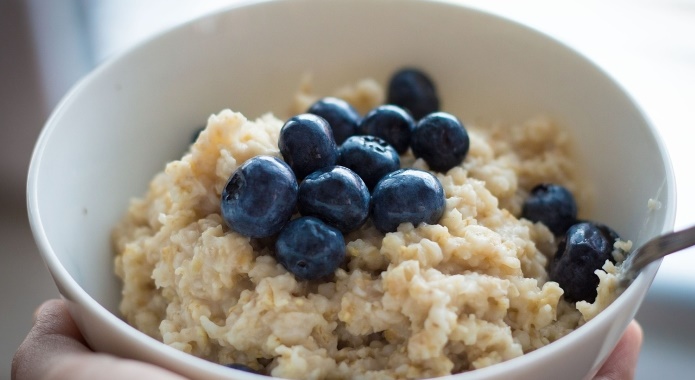
Fiber will help you by slowing down the absorption of carbs you eat.
It fills you up better than anything, so it is good to snack on
fiber-rich foods throughout your day.
Eating a bowl of cereal, oatmeal sweetened with fruit, a granola bar,
or banana will fill you up and satisfy your needs much better than a
candy bar. Other foods rich in fiber are
whole wheat bread,
baby carrots,
sweet potatoes,
sunflower seeds, or
unbuttered popcorn.
Tip #11 – Dump All Processed Sweets
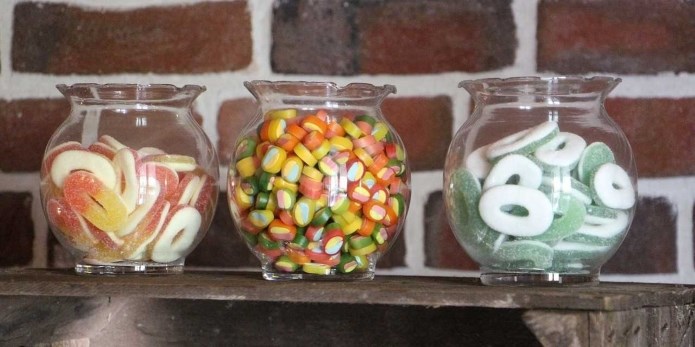
Get rid of all your sweet stuff by cleaning out your pantry and
fridge. It is better not to have any temptation than to stress yourself
by pushing your willpower.
If the option to snack on something wrong isn’t there, then you are
more likely to pick something that takes less effort to get to, like the
healthy snacks you did keep at hand.
Also, cleaning out your cabinets is very relaxing, gives you
something to focus on, and having your kitchen organized can help lower
your anxiety levels.
Keep in mind: You should never go shopping for
groceries when you are hungry as you are more likely to get throw-away
snacks that are high in carbohydrates. Just eat a snack before you go,
ideally something that is rich in fiber.
Tip #10 – Stock Up with Healthy Fruits
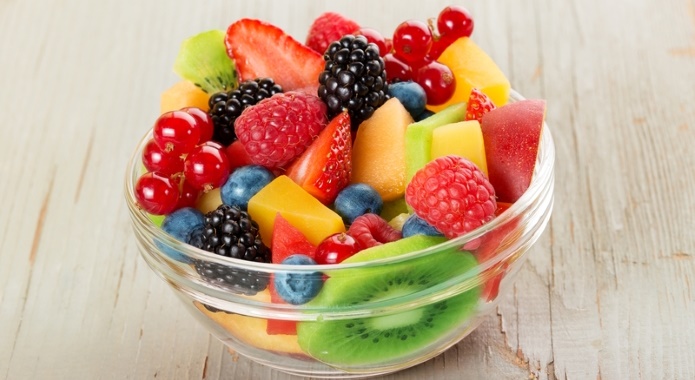
Fruits are much healthier and easier to turn into energy than
artificial sweeteners found in processed foods or candy. Fruit also has
many additional nutrients your body needs such as fiber, various
minerals, vitamins, and enzymes.
The fiber in the fruit also slows down the absorption of carbohydrates, so these
don’t hit you as hard. There are so many fruits and berries to choose from.
Some of the best are apples, bananas, blueberries, cantaloupe, oranges, pears, and strawberries.
Keep in mind: Instead of getting a bowl of ice
cream, you can grab some fruits and eat them raw. You can even throw
them into a blender with some ice and yogurt to make a smoothie, or
freeze and mash bananas or grapes as a fresh ice cream replacement!
Tip #9 – Eat Good Fats
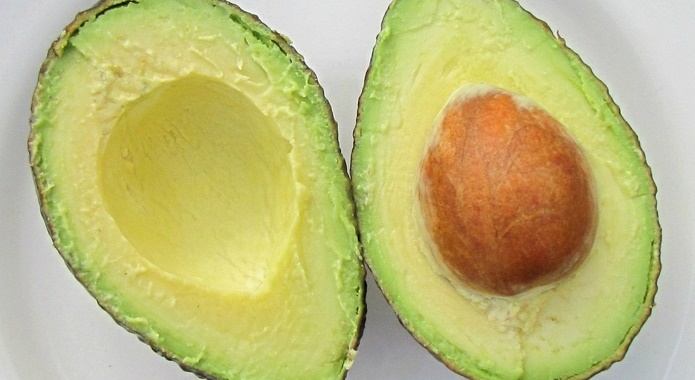
Just the word “
fats” is enough to make most people cringe,
but it does not always represent something wrong. Our bodies do need a
healthy dose of fats daily, as long as it is the right kind.
Any fats that are known as
monounsaturated or
polyunsaturated are considered healthy fats.
You can find these in olive oil, eggs, walnuts, peanuts, almonds,
hazelnuts, and even in coconut butter. These are a healthy choice that
will give you the right fats and carbohydrates your body needs daily to
function properly.
Pay attention: Ironically, foods that say they are “
low-fat” are high in sugar, so avoid these if you want to lose some weight.
Tip #8 – Distract Your Mind with Exercise

Exercise boosts your energy and serotonin levels and releases
endorphins into your blood stream that will make you feel great. So if
you will feel yourself craving sweets again, just get active.
Some excellent stress relieving exercises are:
- Walking – Including jogging and running.
- Dancing – Especially those forms involving your whole bodies such as belly dancing or hip hop.
- Yoga – It is very calming and relaxing.
- Martial Arts – Especially forms like Tai Chi or Kempo as these will help you build discipline and boost your willpower.
Just keep in mind that focusing your mind on the physical activity
will also distract you from tempting thoughts of binging on candy.
Tip #7 – Drink a Lot of Water

Often, what we think is another craving for some sugar is, in
reality, a case of severe dehydration. Instead of grabbing a sweet soda,
grab a bottle of pure water.
Drinking between eight to ten 8-oz. glasses of water a day will keep
your stomach full and your body well hydrated. This also applies to
herbal teas.
Tip #6 – Keep Dark Chocolate at Your Hand
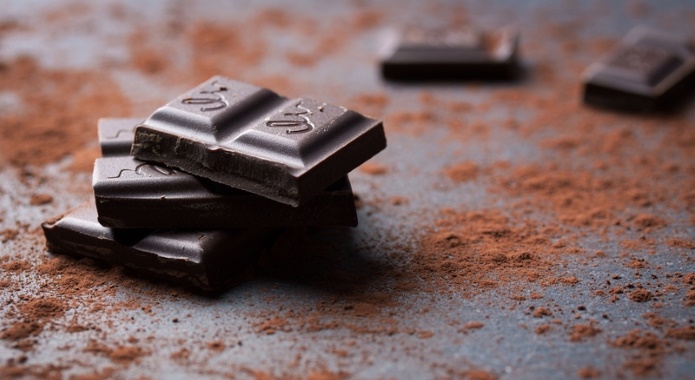
Dark chocolate has high antioxidant levels that help with preventing
type-2 diabetes,
heart disease, and
tooth decay. Chocolate also contains
phenylethylamine, which is a hormone that your organism produces when you are in love.
This substance promotes happy feelings, which increases serotonin levels and hence cutting short your cravings.
Pay attention: Just choose a dark chocolate that is
at least 70% cocoa. The more cocoa present, the higher antioxidants
levels. Remember to be sparing; there is still such thing as too much of
good stuff.
Tip #5 – Improve Your B-Vitamin Levels
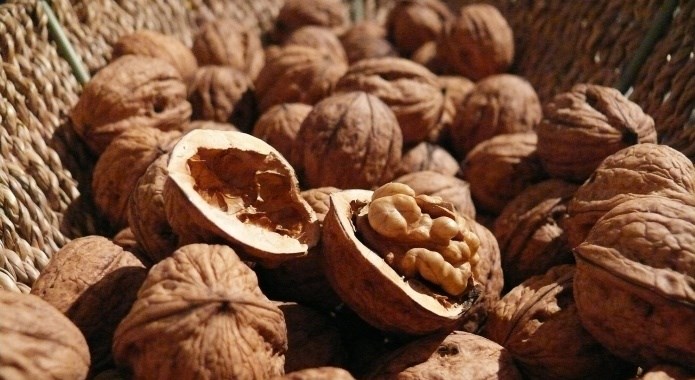
Your adrenal gland plays a significant role in your body’s stress
responses. Did you know that stress is one of the leading causes of your
needs for sugary stuff?
The whole spectrum of B-vitamins are crucial to adrenal gland health,
so taking B-complex or eating food rich in this substance will keep
your adrenal gland functioning properly.
Pay attention: You can find a lot of B-complex in
nuts,
rice,
milk,
eggs,
fish,
meats,
whole-grain cereals,
green leafy vegetables, and
fruits.
Tip #4 – No Artificial Sweeteners
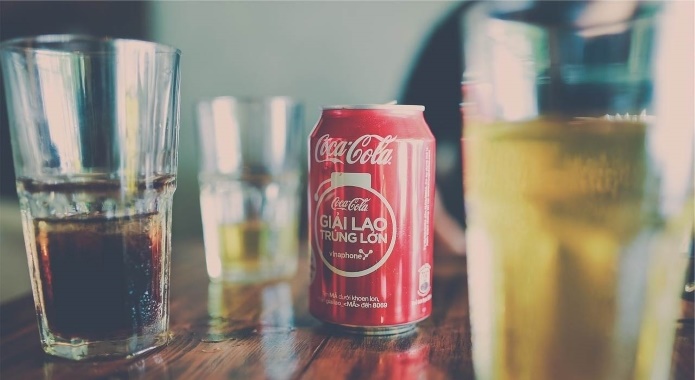
Artificial sweeteners have been said actually to increase your sugar
cravings at some times. They also pose additional health risks, as a
higher likelihood of cancer, and has been linked to brain damage in
children under five.
You should look for and avoid foods that have ingredients such as
aspartame,
saccharin,
sucralose, and
neotame. Usually, you will find these in diet sodas and foods labeled as sugar-free.
Tip #3 – Add Chromium Daily (Not For Diabetics)

Chromium is a mineral that helps to maintain and balance your blood
sugar. Taken as a supplement, it is most useful to curb cravings at 600
to 1000mcg a day
, divided and taken in 3 doses.
Among rich natural sources of chromium belong
broccoli,
barley,
black pepper,
green beans,
oats,
romaine lettuce, and
tomatoes.
Pay attention: **Chromium may lower blood sugar, so diabetics should not take it as a supplement
**
Tip #2 – Bring in The Power of Cinnamon

Instead of sweetening your tea, oatmeal or cereal with sugar, use a
sprinkle of cinnamon. It normalizes your blood sugar levels, so taking
even 1/4 teaspoon each day can help reduce your insulin spikes and
control LDL cholesterol, which cuts down on your cravings.
Tip #1 – Sleep Properly

Sleep cures many ills, and in today’s busy age, many of us get way
less than the amount required to keep our energy up. So when we feel
tired, instead of taking the time to rest, we reach for an energy drink
or candy bar, something with lots of carbohydrates.
Of course, while this works in the short term, once you come down
from your sugar high you are more tired than ever and craving more
carbs, simple as that.
It’s a perpetual vicious cycle.
Instead of grabbing a candy bar, take your time to relax. Meditate,
take a long soak, close your eyes, or just sit and listen to calming
music. The best thing to do, though, is just going to your bed and have a
nap.
Pay attention: The body of average adult needs
between six to eight hours of sleep to stay healthy and lower stress
levels. If you suffer from insomnia, it might be a good idea to try some
over the counter sleep supplement like melatonin or valerian root.
The Science Behind Sugar Cravings
These extreme needs for something sweet are often caused by various
hormones and neurochemicals that affect your body. When their levels
drop, it puts out a signal to replenish your reserves!
Among these substances, you can find:
- Serotonin – When you undergo stress, your body
signals the need for serotonin – a substance that inhibits impulsive
behavior such as sexual needs, pain perception, and appetite. If your
levels are low, you show less impulse control and are more prone to
binging on carbs.
- Endorphin – Endorphin is the brain’s natural
narcotic, and carbohydrates trigger its production. However, here are
other ways to release this pleasure hormone into your bloodstream, such
as exercise or even sex.
- Neuropeptide Y (NPY) – This is a neurochemical that
makes sure your body gets enough carbohydrates for energy. When blood
sugar drops, NPY is released, which causes you to crave carbs.
Pay attention: Because your hormones and
neurochemicals are in a constant state of flux, cravings can come at
different points of the day for various reasons. Other factors that
affect your hormones are menstruation and puberty.


















